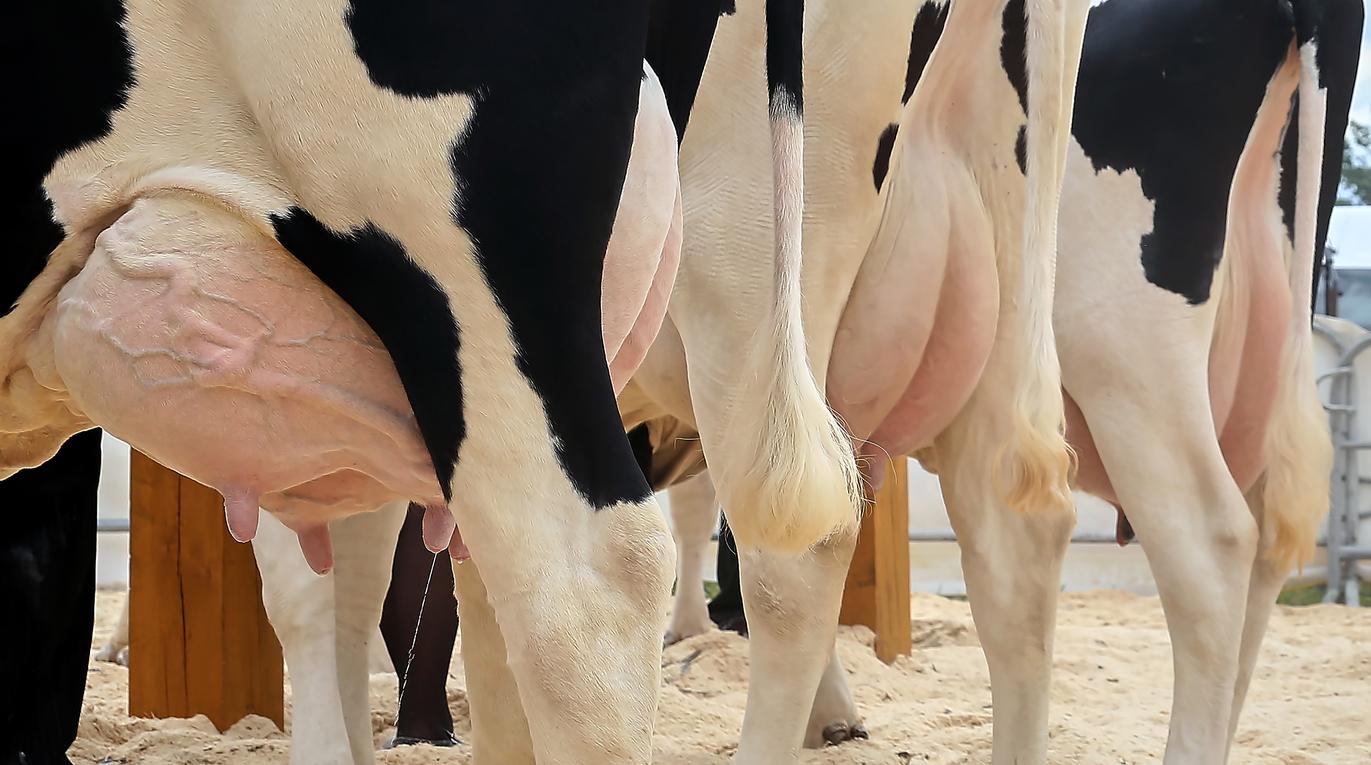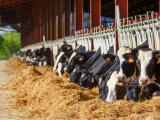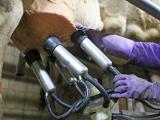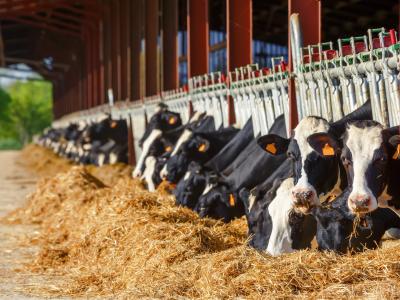Two new preprint studies shed more light on why high H5N1 avian flu viral loads have been seen in the milk of infected dairy cows and what the genetic sequences say about transmission among cattle and to other species, with one suggesting cows could be an influenza mixing vessel.
In other H5N1 developments, the US Department of Agriculture (USDA) Animal and Plant Health Inspection Service (APHIS) reported two more outbreaks in poultry, both of them on commercial farms—in Michigan and Minnesota.
Cows could be mixing vessel
In a bioRxiv preprint, researchers from the University of Copenhagen in Denmark and St Jude's Children's Research Hospital in Memphis, Tennessee, analyzed what type of influenza A receptors are expressed in various cow tissues, including the respiratory tract, cerebrum, and respiratory tract.
Influenza A viruses can bind to host receptor cells by grabbing onto sialic acid and its adjoining sugar unit, which varies by shape and affects binding that can vary by virus type. Avian flu viruses usually prefer to bind to alpha 2-3 receptors, and human flu virus typically prefer to bind to alpha 2-6 receptors.
The team used archived tracheal samples from two beef calves and tissues collected from routine necropsy from different clinical cases at a veterinary pathology lab at the University of Copenhagen. The samples included tissues from the mammary glands of a 4-year-old disease-free lactating dairy cow.
The scientists found that duck and human-type influenza A receptors were widely expressed in the bovine mammary gland, with chicken-type influenza receptors common in the cow respiratory tract. They saw only low expression of influenza A receptors in the brain tissue samples.
Taken together, the authors wrote that the findings suggest a mechanism for high H5N1 loads in dairy cow milk and suggest that cattle have the potential to be a mixing vessel for novel influenza viruses.
Sam Scarpino, PhD, director of artificial intelligence and life sciences at Northeastern University, on X said, "The new pre-print shows convincingly that cows harbor both human-flu and avian-flu receptors in their mammary glands. As a result, dairy cattle *may* have similar potential as pigs to serve as evolutionary intermediaries between avian and human flus."
More clues, questions from experts on virus evolution
Also, a group of 22 international experts on virus evolution posted a preliminary two-part report on the genomic epidemiology of the H5N1 outbreak in US dairy cows, which seem to track with recent genomic findings from USDA-led researchers. They posted their report on Virological.org, a hub for prepublication data designed to assist with public health activities and research.
Tom Peacock, PhD, one of the contributors and a virologist at Imperial College London and the Pirbright Institute, said on X that the cattle outbreak, but perhaps not the human case, likely arose from a single introduction from wild birds. He said the human case could signal an early offshoot from the cattle branch, an independent spillover, or a jump from wild birds.
Genetic evidence still points to a Texas source for the B3.13 genotype, but he added that there may be a sampling bias, he said. He reiterated that the virus was likely circulating continuously for several months before it was detected.
"There is a lot we still only partially understand about this outbreak (and more data is always better!) but I feel we have much more of a grip than a few weeks ago," Peacock wrote. "I would confidently say there is now strong evidence of mammal-to-mammal transmission here as well."
New poultry outbreaks in 2 states
In other developments, the virus struck more poultry flocks in two states, the APHIS said in its latest updates.
Michigan reported another outbreak at a commercial turkey farm in Gratiot County in the central part of the state, its second over the past week. The facility affected in the newest outbreak has 26,400 birds.
The virus was also detected at a commercial breeder farm in Minnesota's Dodge County that houses 8,500 birds.



















